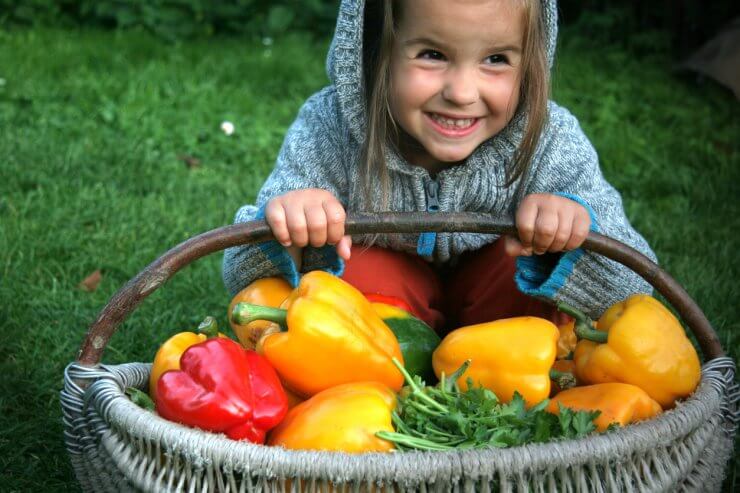
Every morning as I pack my daughter’s lunch, I slice up a fresh bell pepper and smile, remembering how this simple vegetable sparked my deep dive into pepper cultivation. Store-bought peppers keep her happy most of the year, but it’s the summer harvests from our garden that make her eyes light up. “These taste like candy!” she’d exclaim, and she’s not wrong – home-grown peppers have a sweetness and complexity that grocery store varieties rarely match.
That enthusiasm has sent me on a years-long quest to extend our pepper season and discover varieties that would keep that joy coming all summer long. I’ve experimented with dozens of cultivars and timing strategies, and I’m excited to share what I’ve learned about growing the sweetest, most flavorful bells possible, even in shorter growing seasons.
The Science Behind the Sweetness
What makes a pepper truly sweet isn’t just genetics – it’s a fascinating interaction between plant chemistry and growing conditions. Bell peppers accumulate sugars as they mature, with fully ripe peppers containing nearly twice the sugar content of their green counterparts. This process requires not just time, but also the right temperature range – ideally between 70-80°F (21-27°C).
In cooler climates like mine, this presents a challenge. Peppers need about 60-90 days to reach the green stage, and another 2-4 weeks to fully ripen to their final color. When you’re dealing with a shorter growing season, timing becomes crucial. I’ve found success by implementing a staged approach, using a mix of early, mid, and late-season varieties.
For early harvests, I’ve had great success with ‘Ace’ F1 (60 days to green, 75 to red) and ‘New Ace’ F1 (65 days), both of which perform remarkably well in USDA zones 4-8. These varieties have been specifically bred for cooler climates and shorter seasons, producing sweet, medium-sized fruits that reliably ripen even in my zone 6 garden.
For mid-season production, ‘Sweet Sunrise’ F1 (75 days) and ‘Gourmet’ (75 days) offer exceptional flavor and good cold tolerance. The relatively new ‘Bangles’ series, particularly the red variety, has become one of my daughter’s favorites for its intense sweetness and compact growth habit, making it perfect for container growing.
Late-season varieties like ‘King of the North’ (80 days) and ‘Chinese Giant’ (85 days) produce massive fruits with complex flavor profiles. While these take longer to mature, their exceptional taste makes them worth the wait, and their thick walls make them perfect for stuffing or roasting, and they can tolerate our still-warm but cooler fall season.
Advanced Growing Techniques for Maximum Sweetness
Through years of experimentation, I’ve developed several strategies to maximize both flavor and production length:
- Start seeds indoors 8-10 weeks before your last frost date, using heating mats to maintain soil temperature at 80-85°F (27-29°C). This gives plants a crucial head start.
- Harden off seedlings gradually, but don’t rush to plant them out. Peppers stall when soil temperatures drop below 65°F (18°C). I’ve learned to wait until nighttime temperatures consistently stay above 55°F (13°C).
- Use black plastic row covers (I know, I know) or dark-colored grow bags to increase soil temperature. This can speed up ripening by as much as two weeks in my garden.
- Implement succession planting with different varieties. I start my early varieties in late winter, mid-season types two weeks later, and late-season varieties another two weeks after that.
- Maintain consistent soil moisture through drip irrigation or deep mulching. Stress from irregular watering can reduce sugar content and cause blossom end rot.
The most game-changing discovery for me was the impact of potassium on sugar development. A slight increase in potassium fertilization as peppers begin to set fruit has consistently resulted in sweeter peppers. I use a low-nitrogen, high-potassium organic fertilizer (like 3-1-5) once fruits start forming.
For fall harvests, I’ve found that pruning off any new flowers about 6 weeks before first frost allows the plant to focus energy on ripening existing fruits rather than setting new ones that won’t mature in time.
A Call to Fellow Pepper Enthusiasts
Ready to take your pepper growing to the next level? Our Bell Peppers Gardening Guide offers a wealth of additional tips and techniques for growing these colorful, sweet vegetables. You’ll find seed starting instructions, troubleshooting tips for common pepper problems, and a varietal list with detailed flavor profiles. Whether you’re planning your first pepper patch or looking to improve your harvests, the guide will help you grow your most delicious peppers yet.
Now, every garden has its own microclimate and challenges, and I’d love to hear about your experiences with different varieties and growing techniques.
What bell pepper varieties have given you the sweetest results? How do you extend your growing season? Share your successes (and learning experiences) in the comments below. Together, we can keep discovering new ways to grow the sweetest peppers possible for all our families to enjoy.


 Previous
Previous

